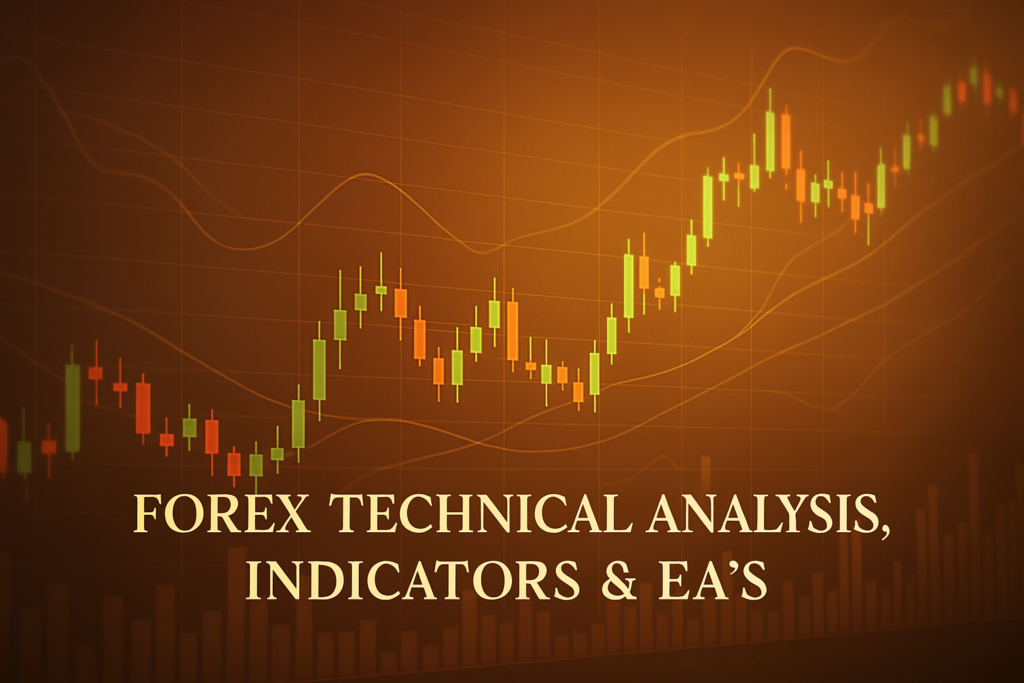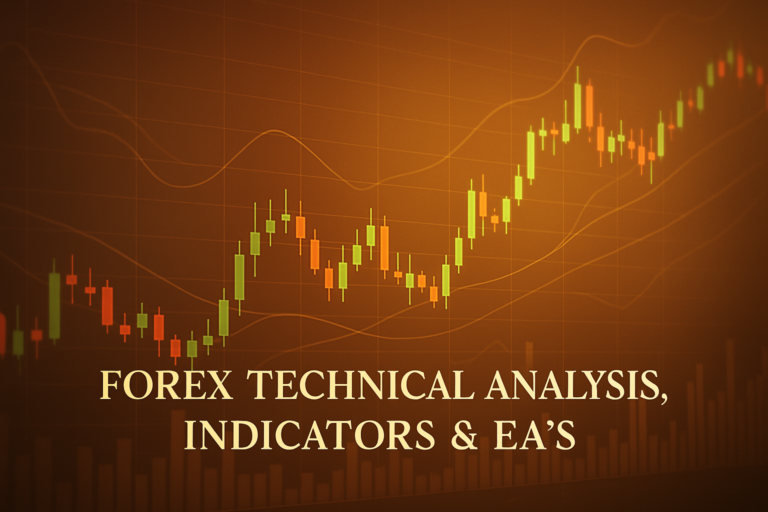
Moving average patterns are vital tools for Forex traders to identify trends and enhance trading strategies effectively.
Moving average patterns are powerful tools in Forex trading. They help traders identify trends and make informed decisions. By smoothing out price data, moving averages reveal the overall direction of a currency pair. This makes it easier for traders to spot opportunities and manage risks.
However, both beginners and experienced traders often struggle with moving average patterns. Many find it challenging to choose the right type or time frame. Others may misinterpret signals, leading to costly mistakes. Understanding these patterns can unlock potential profits and enhance trading strategies.
This article will explore moving average patterns in detail. We will discuss their types, advantages, and disadvantages. Additionally, we will provide step-by-step guides and trading strategies to help you apply these patterns effectively.
The USDJPY forecast April 23, 2025 indicates trends and potential price movements. It’s crucial for traders looking for insights into the Forex market.
What is a Moving Average Patterns?
Simply put, moving average patterns are calculations that help traders see the average price of a currency over a specific period. Imagine you want to know the average temperature for a week. You take the daily temperatures and find the average. Moving averages work similarly, but with currency prices.
Types of Moving Average Patterns
There are a few main types of moving average patterns. The most common are:
- Simple Moving Average (SMA): This is the average price over a set number of days. For example, a 10-day SMA adds the closing prices of the last 10 days and divides by 10.
- Exponential Moving Average (EMA): This type gives more weight to recent prices, making it more responsive to new information.
- Weighted Moving Average (WMA): Similar to EMA, but the weights are assigned differently based on the importance of each price.
How Moving Average Patterns Smooth Out Price Action
Moving averages help smooth out price fluctuations. Think of a choppy sea with waves going up and down. A moving average creates a calm surface, allowing you to see the trend more clearly. This clarity helps traders make better decisions.
Common Periods Used and Why
Traders often use different periods for moving averages. Short-term traders might look at 5, 10, or 20-day moving averages. Long-term traders may use 50, 100, or 200 days. The choice depends on their trading style and goals: short-term for quick gains, and long-term for steady growth.
The History of Moving Average Patterns: How It Became Popular
Origin of Moving Average Patterns
Moving averages have been around for a long time. They were first used in the 1900s by traders looking for ways to analyze stock prices. The goal was to find trends and make predictions based on past price movements.
When Did Traders Start Using It Widely?
By the 1980s, moving average patterns gained popularity among Forex traders. As technology advanced, more traders could access charts and data. This made moving averages easier to use and understand, leading to their widespread adoption.
Real-Life Stories
Many professional traders have made fortunes using moving average patterns. For example, one trader noticed a consistent pattern in a currency pair’s price movements. By applying moving average strategies, they were able to profit significantly over time. Their success story inspired many others to learn and use these techniques.
Advantages and Disadvantages of Moving Average Patterns
Advantages:
- Helps Identify Trends Easily: Moving averages clearly show the direction of a currency pair, making it easier to spot trends.
- Useful for Dynamic Support and Resistance: They can act as support or resistance levels, helping traders make decisions.
- Works Well for Crossover Strategies: When a short-term moving average crosses a long-term moving average, it can signal a buying or selling opportunity.
Disadvantages:
- lags behind price movements: Moving averages are based on past prices, so they may not react quickly to sudden changes.
- Can Give False Signals in Sideways Markets: In a ranging market, moving averages can lead to incorrect trading signals.
How to Apply Moving Average Patterns on MT4 & MT5
Step-by-Step Guide to Adding Moving Average Patterns on Charts
To add moving averages to your charts on MT4 or MT5, follow these steps:
- Open your trading platform.
- Select the currency pair you want to analyze.
- Click on “Insert” from the main menu, then choose “Indicators,” and select “Trend” followed by “Moving Average.”
- Adjust settings like period and type, then click “OK” to apply.
Customizing Moving Average Patterns Settings
You can customize your moving averages to suit your trading style. Change the color, thickness, and type of moving average. It’s important to choose settings that are comfortable for you.
Saving Templates for Easy Application
Once you’ve set your moving averages, save your chart as a template. This way, you can apply the same settings to other charts quickly, saving you time and effort.
5 to 7 Trading Strategies Using Only Moving Average Patterns
All Time Frame Strategy (M5 to D1)
This strategy uses moving averages across all time frames. If the price is above the moving average, it’s a buy signal. If it’s below, it’s a sell signal. For example, if the 50-day SMA is moving upwards and the price is above it, consider buying.
Trending Strategies
In trending markets, using moving averages can help confirm trends. For instance, if the price is consistently above the 200-day SMA, it’s likely an uptrend. Traders can buy on pullbacks to the moving average.
Counter Trade Strategies
In counter-trend trading, traders look for reversals. If the price approaches a moving average and starts to turn, it could signal a potential change. For example, if the price touches the 100-day SMA and bounces back, consider selling.
Swing Trades Strategies
Swing traders can use moving averages to identify entry points. When the price crosses above the 50-day SMA, it may indicate a buying opportunity. Conversely, a cross below can signal a sell.
5 to 7 Trading Strategies Combining Moving Average Patterns with Other Indicators
All Time Frame Strategy Combining RSI
Combine the moving average with the Relative Strength Index (RSI) to confirm signals. If the price is above the moving average and RSI is below 30, it may indicate a buying opportunity.
Trending Strategies with MACD
When using moving averages with the MACD, traders can look for crossovers. If the MACD crosses above zero while the price is above the moving average, it could signal a strong buy.
Counter Trade Strategies with Bollinger Bands
Using Bollinger Bands with moving averages can help identify reversals. If the price touches the upper band and is below the moving average, it may signal a sell opportunity.
Swing Trades Strategies with Stochastic Oscillator
Combine moving averages with the Stochastic Oscillator to find entry points. If the price is above the moving average and the Stochastic is below 20, it might be a good time to buy.
The GBPJPY analysis July 04, 2025 will provide traders with valuable insights into market movements. It’s essential for those looking to make informed trading decisions.
Top 10 FAQs About Moving Average Patterns
1. What is a moving average?
A moving average is a calculation used to analyze data by creating averages of different subsets of the complete data set.
2. What are the types of moving averages?
The two main types are Simple Moving Average (SMA) and Exponential Moving Average (EMA).
3. How do moving averages help in trading?
They identify trends, provide support and resistance levels, and generate buy/sell signals.
4. What is the best moving average to use?
It depends on your trading style. Short-term traders often use shorter periods, while long-term traders use longer ones.
5. Can moving averages predict future prices?
They cannot predict future prices but help identify trends based on past data.
6. What are moving average crossovers?
Crossovers occur when a short-term moving average crosses above or below a long-term moving average, signaling potential buy or sell opportunities.
7. How do I choose the right period for a moving average?
Consider your trading style and objectives. Shorter periods provide more signals, while longer periods give smoother trends.
8. Can moving averages be used in all markets?
Yes, they can be applied to any market where prices fluctuate, including stocks, commodities, and Forex.
9. Do moving averages work in sideways markets?
They can give false signals in sideways markets, so it’s best to combine them with other indicators.
10. How often should I adjust my moving averages?
Adjust them based on your trading strategy and market conditions. Regularly review their effectiveness.
Conclusion
In summary, moving average patterns are essential tools for Forex traders. They help identify trends and provide valuable insights for making informed decisions. Understanding how to apply these patterns effectively can lead to successful trading experiences.
Test different strategies and find what works best for you. Remember, practice makes perfect in the world of Forex trading. Happy trading!
Get a broader view of this strategy with help from top sources FX Empire, Bankrate
Expand Your Knowledge
- 📌 Forex Trading Learning Road Map
- 📌 Forex Trading Course with no Fees
- 📌 Forex Trading Issues, Problems, and Solutions
- 📌 Forex Daily Forecast & Live Updates
- 📌 Forex Fundamental & News Analysis: Tomorrow’s Market Movers & Trade Opportunities
- 📌 Forex Education Hub: Learn & Profit
- 📌 Forex Technical Analysis, Indicators & EA’s
Start Trading Today
Ready to take your forex trading to the next level? Open an account with Exness, one of the most trusted platforms in the industry. 👉 Sign Up Now and trade with confidence!
My recommended broker stands out with ultra-low spreads for beginners, instant withdrawals, and zero spread accounts for pro traders.
Trusted since 2008, lightning-fast execution, no hidden fees, and a secure, transparent trading environment—giving you the edge you need to succeed. 🚀
YouTube Video Library: Related Videos
Note: The video above is embedded from YouTube and is the property of its original creator. We do not own or take responsibility for the content or opinions expressed in the video.



